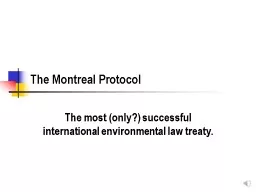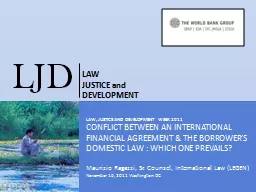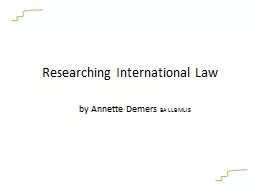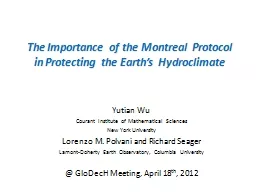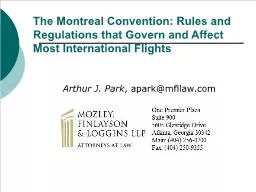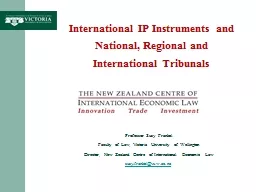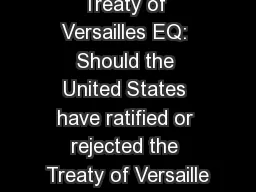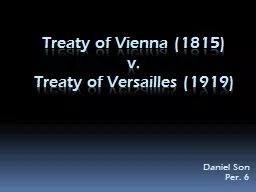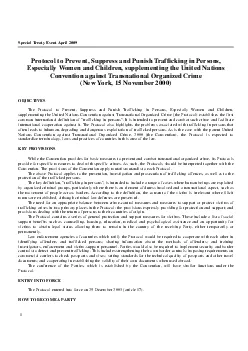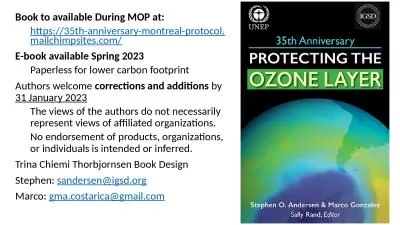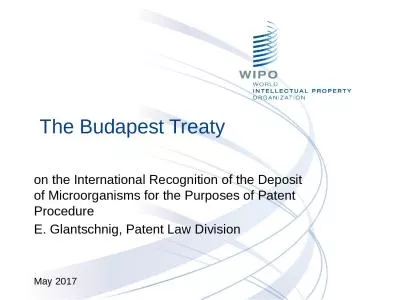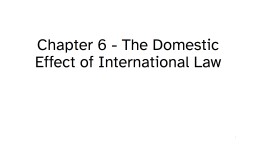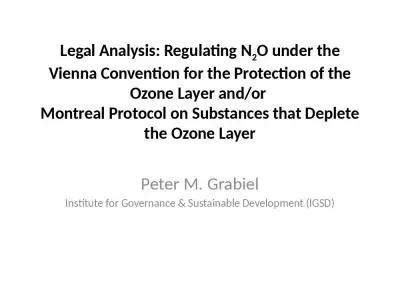PPT-The Montreal Protocol The most (only?) successful international environmental law treaty.
Author : test | Published Date : 2020-04-05
Discovery of the Ozone Hole The first paper showing the relationship between CFCs and depletion of upper atmosphere ozone was published in 1974 Molina Mario J and
Presentation Embed Code
Download Presentation
Download Presentation The PPT/PDF document " The Montreal Protocol The most (only?) ..." is the property of its rightful owner. Permission is granted to download and print the materials on this website for personal, non-commercial use only, and to display it on your personal computer provided you do not modify the materials and that you retain all copyright notices contained in the materials. By downloading content from our website, you accept the terms of this agreement.
The Montreal Protocol The most (only?) successful international environmental law treaty.: Transcript
Download Rules Of Document
" The Montreal Protocol The most (only?) successful international environmental law treaty."The content belongs to its owner. You may download and print it for personal use, without modification, and keep all copyright notices. By downloading, you agree to these terms.
Related Documents

